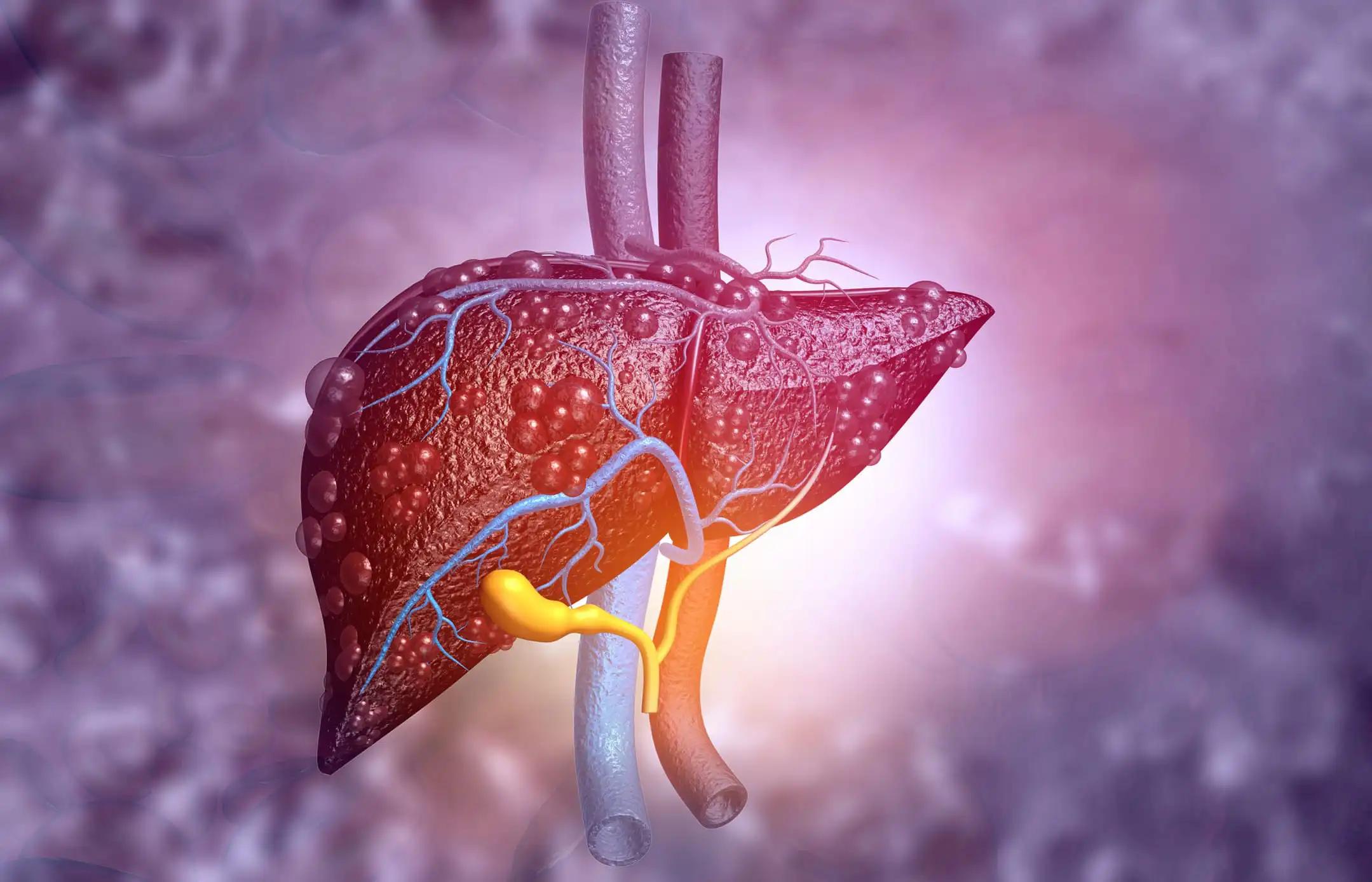KEY TAKEAWAYS
- The phase 2 TOPAZ-1 trial compared D+GC to PBO+GC in advanced BTC patients.
- The study compared the two therapy groups’ OS.
- Patients were randomly assigned D+GC or PBO+GC and assessed for results, including LTS survival at ≥18 months.
- D+GC had more LTS than PBO+GC and considerably enhanced OS.
- LTS in the PBO+GC group was related to a higher frequency of future therapies, including immunotherapy.
- D+GC is helpful for advanced BTC, and LTS had good outcomes and similar features to the research population
Durvalumab (D) combined with gemcitabine and cisplatin (GC) has been shown to significantly improve overall survival (OS) compared to placebo (PBO) with GC in participants with advanced biliary tract cancer (BTC) according to the primary analysis of TOPAZ-1 (NCT03875235; data cut-off [DCO] Aug 11, 2021). The OS curves separated over time, and this benefit persisted with further follow-up (DCO Feb 25, 2022; HR, 0.76 [95% CI, 0.64–0.91]; 18-month OS, 34.8% [D + GC] vs 24.1% [PBO + GC]) as reported by Oh et al. in the Annals of Oncology 2022 Abstract 56P. In addition, long-term survivors (LTS) were characterized in TOPAZ-1.
Patients with unresectable locally advanced, recurrent, or metastatic BTC who were untreated received either Durvalumab (D) at a dosage of 1500 mg every 3 weeks [Q3W] or a placebo, combined with Gemcitabine (G) at a dosage of 1000 mg/m2 and Cisplatin (C) at a dosage of 25 mg/m2 on days 1 and 8 Q3W, for up to 8 cycles, followed by Durvalumab (1500 mg Q4W) or placebo. The study evaluated the characteristics and outcomes of long-term survivors (LTS), which were defined as patients who survived for at least 18 months after randomization, and the data were collected until Feb 25, 2022.
Researchers found that the number of long-term survivors (LTS) was higher in patients who received Durvalumab (D) combined with Gemcitabine and Cisplatin (GC) compared to those who received a placebo with GC. The characteristics of LTS were similar to the full analysis set (FAS), which included all randomized patients, including age, sex, region, primary tumor location, disease classification, and PD-L1 expression. Recurrent disease was more common than initially unresectable disease in LTS than in FAS. The median exposure to study treatment was 11.3 months (mo; D), 9.7 mo (PBO), and 5.5 mo (GC, both arms) in LTS and 7.3 mo (D), 5.8 mo (PBO), and 5.1 mo (GC, both arms) in FAS. The objective response rate in LTS was higher with D + GC than with PBO + GC (44.3% vs. 33.8%, respectively) and greater for both groups compared to FAS (26.7% vs. 18.7%, respectively). A higher percentage of LTS in the PBO + GC group received subsequent anticancer therapy, including immunotherapy, than LTS in the D + GC group. The frequency of treatment-related adverse events leading to discontinuation in LTS was consistent with FAS.
The TOPAZ-1 clinical trial demonstrated that the characteristics of long-term survivors (LTS) were generally similar to the full analysis set (FAS). The data indicated that LTS was more frequent in pts who received Durvalumab (D) combined with Gemcitabine and Cisplatin (GC). Interestingly, the results also suggest that LTS in the placebo with GC group may be associated with a higher frequency of subsequent treatments, including immunotherapy.
Source: https://meetings.asco.org/abstracts-presentations/215604
Clinical Trial: https://clinicaltrials.gov/ct2/show/NCT03875235
Mohamed Bouattour, Juan W. Valle, Arndt Vogel, Jin Won Kim, Masayuki Kitano, Jen-Shi Chen, Howard A. Burris III, Renata Zaucha, Shukui Qin, Ludovic Evesque, David Bing Zhen, Vineet Govinda Gupta, Joon Oh Park, Magdalena Żotkiewicz, Nana Rokutanda, Gordon Cohen, Do-Youn Oh/Characterization of long-term survivors in the TOPAZ-1 study of durvalumab or placebo plus gemcitabine and cisplatin in advanced biliary tract cancer/J Clin Oncol 41, 2023 (suppl 4; abstr 531)DOI10.1200/JCO.2023.41.4_suppl.531



